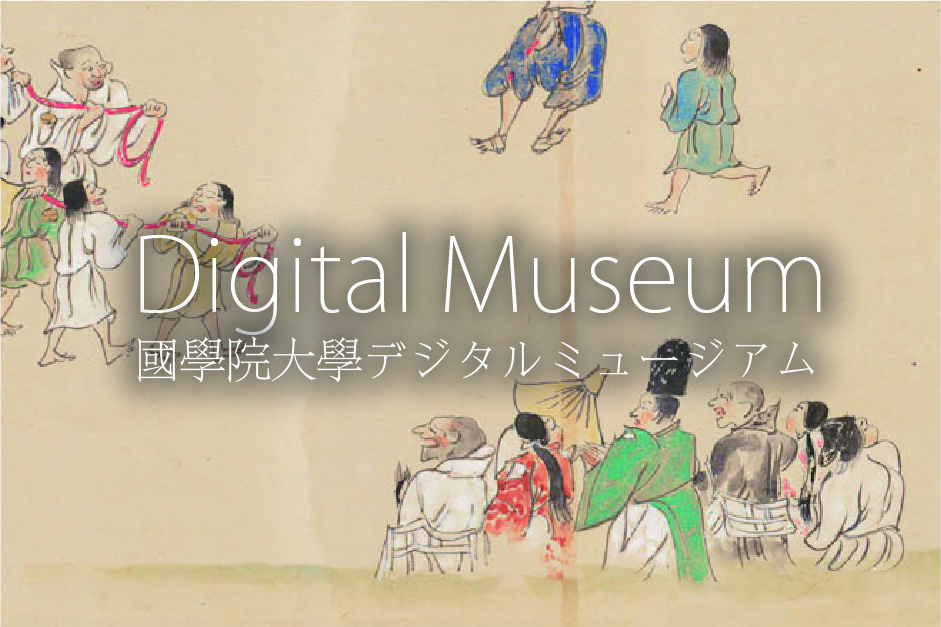- トップ
- Encyclopedia of Shinto
- Daijōsai
Encyclopedia of Shinto
| Main Menu: | |
| Links: |
詳細表示 (Complete Article)
| カテゴリー1: | 5. Rites and Festivals |
|---|---|
| カテゴリー2: | State Rites |
| Title | Daijōsai |
| Text | A ceremony of state accompanying a new emperor's accession to the throne, the Daijō sai has been considered since ancient times one of the most important among the various rites associated with accession. Also called the Daijōe and the Senso daijō sai, the ceremony had its origin in the niinaesai harvest festivals that existed prior to the Taika reforms (i.e., prior to the mid-seventh century) and became systematically established during the process of state unification. After the accession of a new emperor, new rice harvested from designated sacred rice fields (cultivated by local growers) lying to the "auspicious east" (yuki) and "auspicious west" (suki) of the capital (as identified through plastromantic divination) was carried to the capital on the festival day (under the old system, the second "day of the rabbit") of the eleventh lunar month. This rice was brought into the Daijō palace (a temporary structure specially built for and razed after the ceremony) where the emperor, who had undergone a period of self-purification through the practice of various abstinences (saikai), would personally make an offering (shinsen) of sacred rice to the kami and then partake of it himself. The rites would be followed by a large banquet. Under the old system, the Daijō sai was designated the "preeminent festival" (taishi), and was accompanied by one month of purifying prohibitions. There are a number of theories as to which deity was the object of worship (saijin) in the ceremony. Many believe that originally the only deity originally worshipped was the emperor's ancestor, Amaterasu. However, it seems that later the entire pantheon of kami (tenjinchigi) were included in the worship. The ritual content of the ceremony varies from one period to another. Although the Daijō sai died out during the warring states period, it was revived in the Edo period. Its modern form was fixed by the 1909 Tōkyoku Prescriptions. The first Daijō sai under the current constitution, performed by the Heisei Emperor in 1990, took those prescriptions as its basic referent. — Takamori Akinori |





